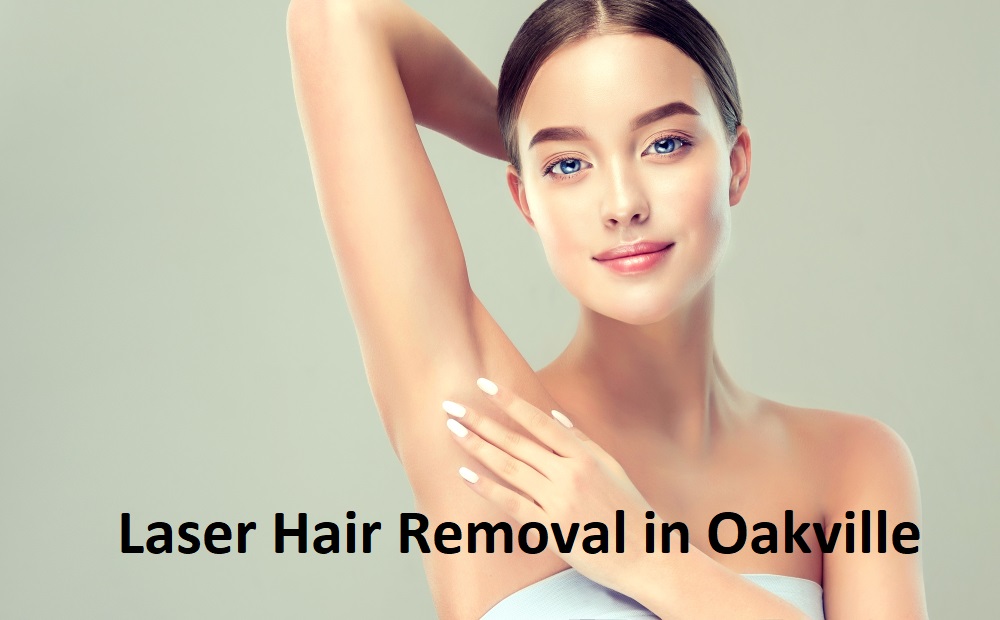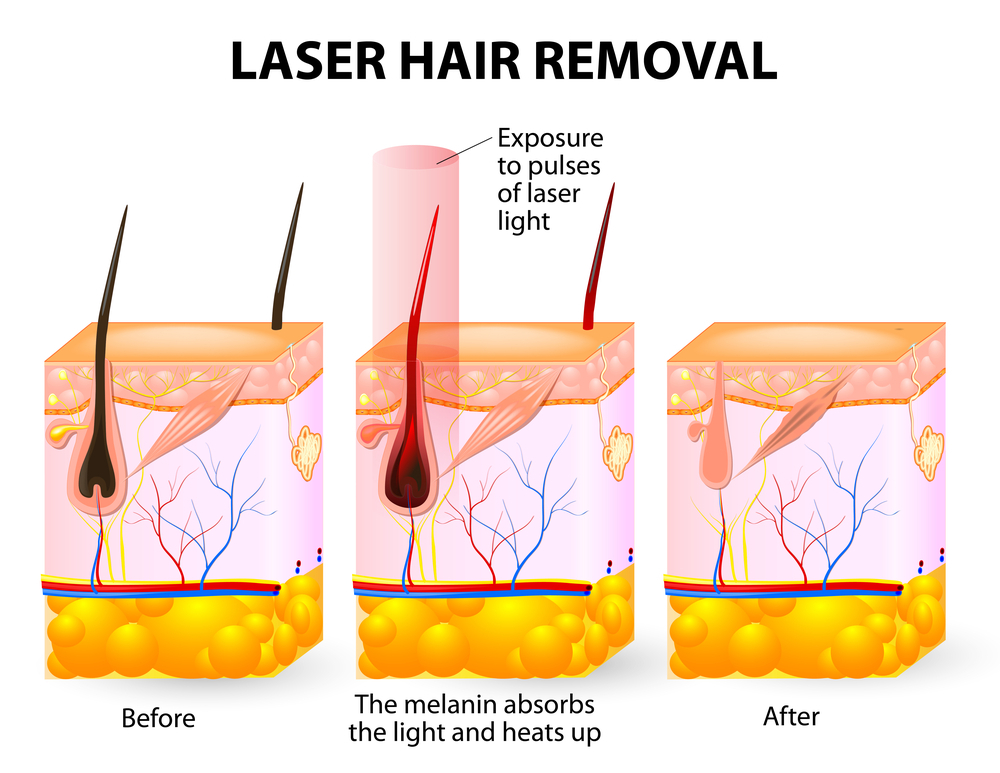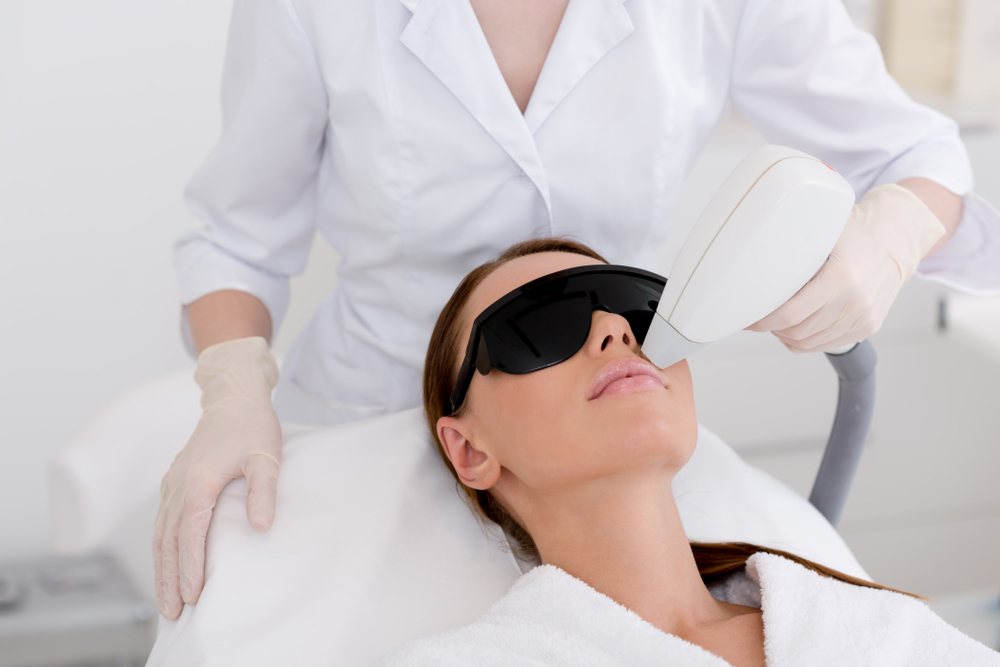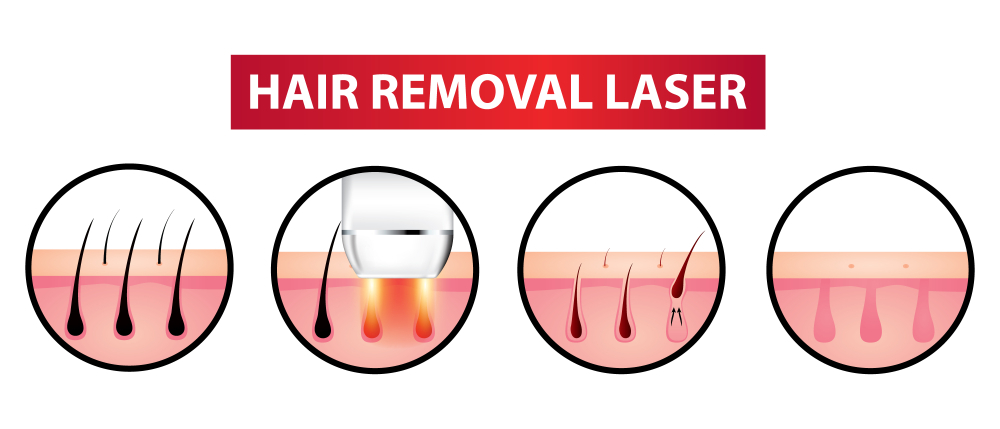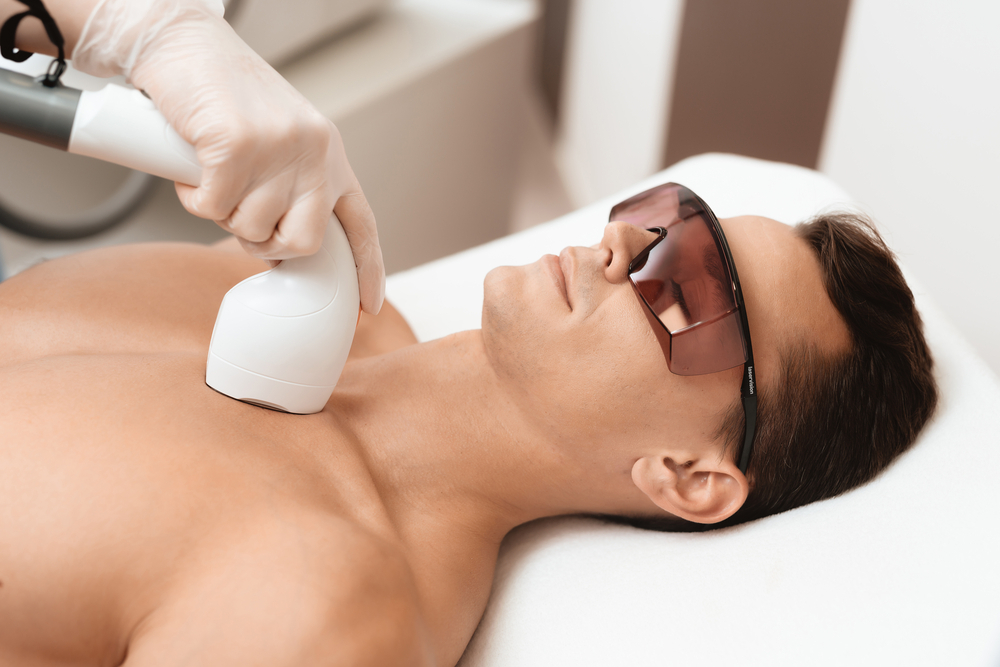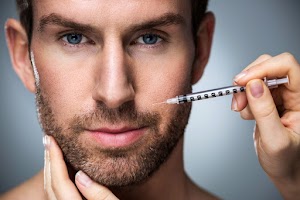For many people living in Oakville Ontario, laser hair removal is a far better option than tweezing, waxing, or constantly shaving in an effort to be rid of unwanted hair. The most common targets for Laser Hair Removal in Oakville are the legs, face, arms, underarms, back, and the bikini line.
The way this procedure works is to shine a laser light on the affected area, after which the hair follicles will absorb the light and die. This is one of the most frequently performed procedures in both the US and Canada and especially in Oakville, Ontario. Oakville laser hair removal can be done relatively quickly and painlessly.
